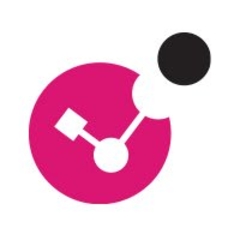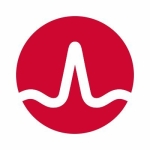What is our primary use case?
One of the main reasons why the implementation of Check Point Harmony Mobile was chosen was due to the fact that we needed a tool that had control and monitoring over mobile devices. Harmony Mobile provided us with that functionality. In this way, we were able to close a security gap that was affecting our organization.
With this solution, users could connect to the organization and access the corporate data and thus comply with a more secure standard.
Each mobile has applied policies through the Harmony Mobile panel and control the access
How has it helped my organization?
One of the great improvements that Harmony Mobile gave us is that it was possible to protect the mobile devices of each one of the users and thus not depend on the users to implement adequate security themselves. With a simple mistake or moment of carelessness, a user can accidentally cause great damage to sensitive company information.
With Harmony Mobile, users do not worry. It transmits all the security to this tool. Currently, with what has been happening in the world with Covid, many workers are working from home and with this solution, we can limit third-party access to devices.
It's important for it to have the main functions of Mobile Device Management (MDM), such as task automation, automatic application updates, they should also improve compatibility with other mobile device management (MDM) products on the market, ensuring correct operation between SandBlast Mobile and MDM. It's important for Point Harmony Mobile to be included in a broader offering so that it is not just a standalone product.
What is most valuable?
Harmony Mobile introduces many innovative features. One of them is URL filtering, which is very valuable in this tool. It offers to filter apps, protect privacy, and reject malicious or unauthorized downloads. It allows us to get an idea of how it protects the application through certain security levels that are threats, network applications and devices. Its administration and configuration is very simple. It is easy to use with its friendly interface, the solutions helped a lot to the security of the company.
What needs improvement?
Harmony Mobile is one of the first tools that we implemented in the organization when we entered into the protection of mobile devices. For many years all our staff did not have any restrictions on mobile devices.
An improvement would be the compatibility of linking local and cloud solutions to create a hybrid scenario. They should allow adding a SIEM for additional functions. That said, in relation to the characteristics that it currently presents, it satisfactorily complies with the security of mobile devices.
One of the improvements that can be made is that they become compatible with Google MDM.
When it comes to scanning the network, sometimes my SSI ID does not appear; it would also be a great plus if they could make a unified console where you can manage several Check Point products and thus not be opening different consoles to manage different products.
For how long have I used the solution?
I have been using about three years..
What do I think about the stability of the solution?
The stability of the product is very good and it generates an excellent amount of monitoring reports.
What do I think about the scalability of the solution?
It is a very scalable tool.
How are customer service and support?
With the support, we have had good and bad experiences. Sometimes they take time to respond. Sometimes they give an accurate solution to the error presented.
How would you rate customer service and support?
Which solution did I use previously and why did I switch?
A mobile device solution had not previously been implemented.
How was the initial setup?
One of the parts that worried us was its configuration and administration, however, it was extremely simple.
What about the implementation team?
The installation was done with a seller who demonstrated his ability and handling of the tool.
What was our ROI?
The investment made with this tool is very good. The information will be guaranteed, therefore, every penny invested is a good investment.
What's my experience with pricing, setup cost, and licensing?
The cost is affordable. It competes with other technologies and the installation is easy to implement.
Which other solutions did I evaluate?
We have not opted for other technologies since we have implemented the Check Point line into our company.
What other advice do I have?
It is a good tool that can be implemented in the organization and be sure that it will protect your mobile devices.
Which deployment model are you using for this solution?
Public Cloud
Disclosure: My company does not have a business relationship with this vendor other than being a customer.















